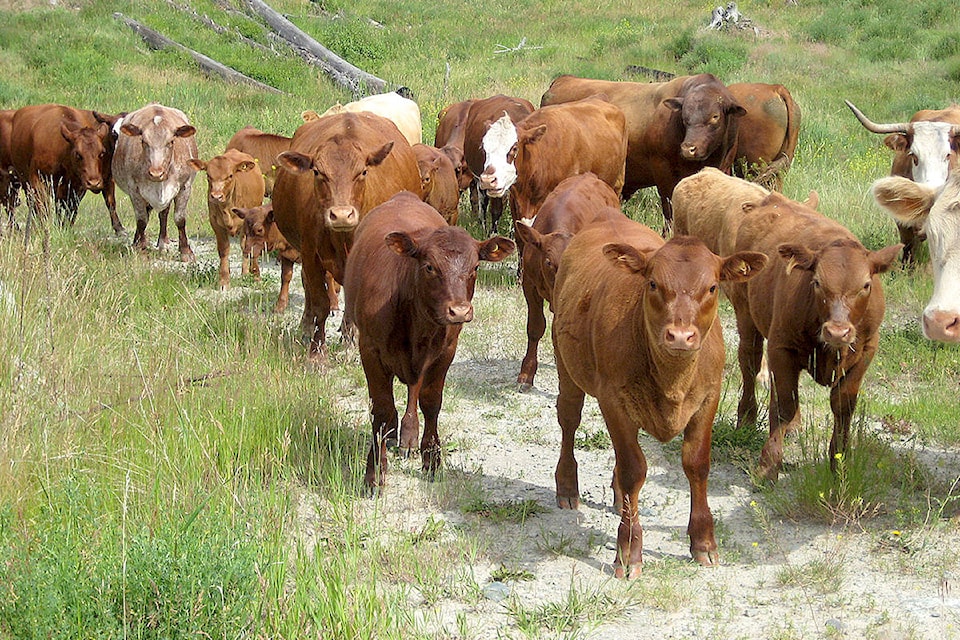It has been said that how we care for animals might just be a reflection of how we care for people.
Alternatively, it has been said that abuse of animals in one’s care may be an early indicator that the abuser might be abusive towards people around us, or at least that might develop in time.
The dependence of animals in our care is a serious stewardship issue. We have a responsibility as animal owners to ensure we can provide for appropriate care.
We have all seen horror stories (YouTube videos) where animals are abused. I am not talking about sick animals that are in a pen for care. I have one of those at the moment and it can’t travel very easily so it is best have its feed and water delivered to it so it doesn’t have to walk far and exacerbate the injury.
It is somewhat confined for it’s own good. That is not how most of our animals are “housed.”
Some animal rights activists, for the sake of sensationalism to raise awareness of their cause, sometimes portray such confinement and condition of the animal as indicative of the “norm” for animal care.
READ MORE: One day of sunshine and a good forecast for the future
This was the case recently on a pig farm that was state-of-the-art in their care practices, but did have a location for sick animals which every herd has from time to time.
This week I write about the new Livestock Transport regulations of the Canadian Food Inspection Agency (CFIA). The agency has been conducting webinars to raise awareness of the livestock industry about the new regulations.
I can’t cover all the rules, but I can point producers and interested citizens (we all eat and most want to eat ethically cared for animal products) to where to get the information we need.
A google search on your computer or I-phone for the name of the brochure Livestock Transport in Canada will give you great information. Or you can google CFIA and search their website.
Those of you who are linked into the local Ministry of Agriculture or want to be should get on the emailing list for Roots, the publication of the local agrologists which brings up-to-date information periodically to your email inbox.
This is the kind of material that they link us to.
The highlights of the brochure include definition of animals “unfit for transportation.”
David Zirnhelt is a rancher and member of the Cariboo Cattlemen’s Association. He is also chair of the Advisory Committee for the Applied Sustainable Ranching Program at TRU.
Do you have a comment about this story? email:
editor@wltribune.com
Like us on Facebook and follow us on Twitter.
